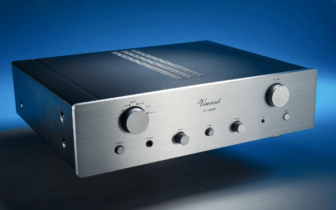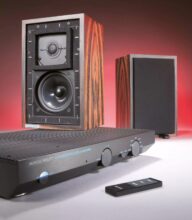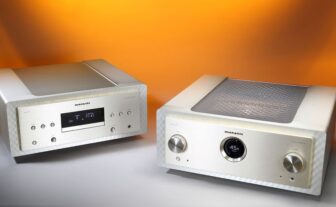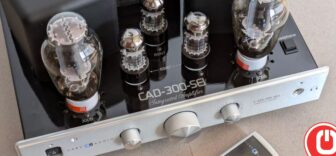Cayin Jazz 80 Review
Cayin has named its new tube integrated amplifier Jazz 80. For whatever reason. Because the amp mobilizes enough power with four strong cylinders in the output stage to really heat things up even with an orchestra or a hard rock band.
By Lothar Brandt
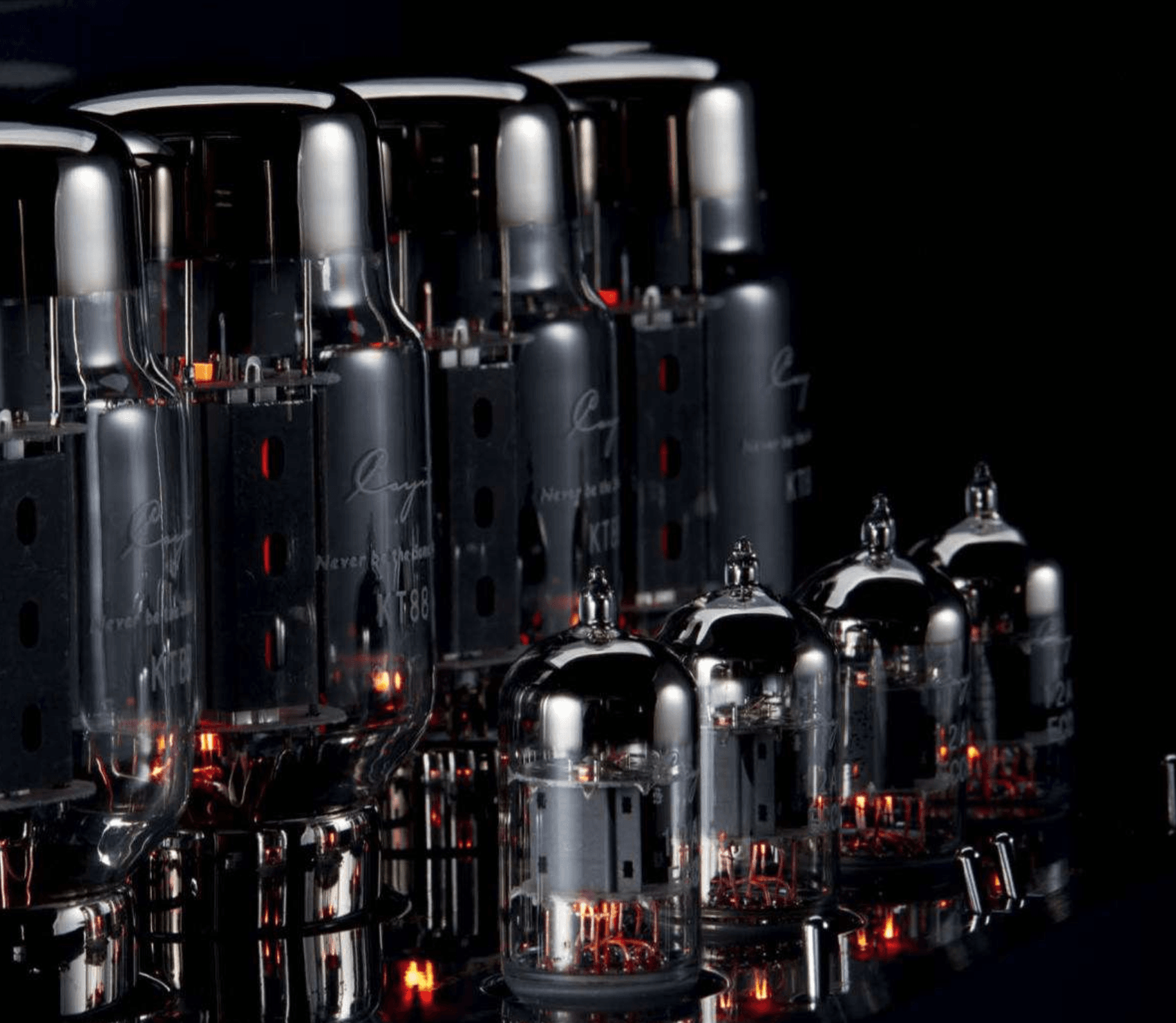
Over the past decades, the Chinese tube amplifier manufacturer Cayin has made a strong name for itself. The catalog makes laypeople marvel at the diversity (there are long since more than just tube amplifiers). And the experts, not least the testers from 7Review, awarded plenty of laurels.
The latest addition is the integrated amplifier Jazz 80. Why Jazz? No idea—nothing about this very solidly built compact unit seems improvised. Possibly because there’s already a Soul 170i in the Cayin lineup. And musical styles perhaps bring additional sympathy points compared to plain letter-number combinations.
In any case, the Cayin brings along a pleasant extra right from the start. Better: from the back. Because via a supplied screw-on Bluetooth antenna, digital signals can be wirelessly fed in, for example from a smartphone. Transmitted using the “Low Delay Audio Codec” (LDAC), the Bluetooth 5.0 chipset QCC5125 from Qualcomm accepts music data up to a maximum rate of 990 kBit/s. It passes them on to the digital-to-analog converter, unfortunately otherwise not accessible here, featuring the proven ESS Sabre 32 chip. It then digests the data streams into analog voltage signals for the exemplary low-noise preamplifier in the Jazz 80.
By the way, the Jazz 80 is not the first tube amplifier from Cayin to offer this modern feature. It was already found in the MT-35MK2 ($1650) and in the MT-50 ($2420). Compared to the equally KT88-equipped MT-50 with four output tubes, the Jazz 80, which costs the same, has slimmed down by another five centimeters in width, now at 30 cm. Even though now two analog meters adorn the front, which is also equipped with a headphone jack.
In the Realm of Tubes
In the preamp section, two dual triodes 12AX7 (ECC83) are working. In the MT-50, this was still handled by a 5BK7A. The output amplification is handled per channel by two beam tetrodes KT88, often not quite correctly referred to as pentodes. The two power tubes produce the 2 x 40 watts specified in the datasheet in push-pull operation. The lab (see box) even determined a slightly higher value: 46 watts at 2 ohms, which also speaks for the delivery capability of the “choke” power supply (with filter choke).
In push-pull or push-pull (as opposed to single-ended), one tube/tube set processes the positive and one the negative part of the AC signal, which brings more power. For this, however, a phase splitter (in German often misleadingly called phase shifter or phase inverter stage) has to split the signal into half-waves. In the Cayin, this job is taken over per channel by a dual triode 12AU7 (ECC82). All tubes on the deck of the Jazz 80 are labeled with “Cayin”, the power tubes also with the calendar saying “Never be the same again”. The half-waves are combined in the output transformer. According to the manufacturer, the hand-wound EI-core output transformers disappear under a fixed protective cover along with the imposing toroidal power transformer and offer two taps.
In Doubt, 4 Ohms and Ultralinear
The choice between 4 and 8-ohm speakers is rather theoretical. In practice, the impedance of a speaker fluctuates more or less strongly with frequency anyway. In the test, the four-ohm tap proved almost consistently to be the more sonically beneficial.
Under the removable protective cage of the tube octet is also the switch for changing between “Ultralinear” and “Triode” operation. Many manufacturers also allow triode operation for their pentode or beam tetrode amplifiers. (Cayin offers the Jazz 80 not only with KT88 but also with the “real” pentodes EL34). In this case, the corresponding circuit connects the screen grid via a protective resistor to the anode, thus turning four electrodes into three. The aim is to adapt the characteristic curve, i.e., the area in which a tube operates without linear distortion, to that of a triode. This comes at a slight cost to performance, but many tube fans swear by triodes as the “true” tube sound.
In the Jazz 80, the more powerful ultralinear operation proved to be the more sonically stable and punchy on all connected dynamic speakers. While the triode mode, specified at 2 x 20 watts, came across as somewhat more yielding, albeit somewhat “more melting” with delicate tones and lower volume. Almost a matter of taste. For those who want to try it: NEVER switch modes during operation, as this will eventually kill the output tubes. The very high-quality metal remote control is thus limited to the most important functions: source selection and volume, which is then adjusted internally by an Alps potentiometer.
The correct setting of the bias current clearly has life-extending and sound-improving effects, which the Cayin allows separately for all four output tubes. A display instrument serves as an adjustment aid.
In the Realm of the Senses
During the extensive listening tests, both VU meters often fluttered just below the 100 percent mark, after all, for example, all details in Michael Haydn’s dynamic 39th Symphony (see Classical CD of the Month) were to come to light. The full, truly homely warm yet sparklingly lively sound image immediately led acoustically into the realm of the senses. For decades, the soft, tentative to fabulously erotic voice of Margo Timmins of the Cowboy Junkies has also invited one there. Their latest studio work “Such Ferocious Beauty” (Treasure of the Month 6/23) revealed all its grimly melancholic beauty through the ribbon-equipped Piega Premium 5.2. Harder rock fare, however, demanded more efficiency. With a transducer like a Klipsch Heresy IV (AK 41), the Cayin then let Lynyrd Skynyrd’s “Free Bird” fly.
So the Jazz 80 handles classical and pop/rock. But it also brought the namesake to dance with Hilde Louise Asbjørnsen and her “Swing Of Its Own” (Ozella) with sensual attention to detail. That had style and real swing.
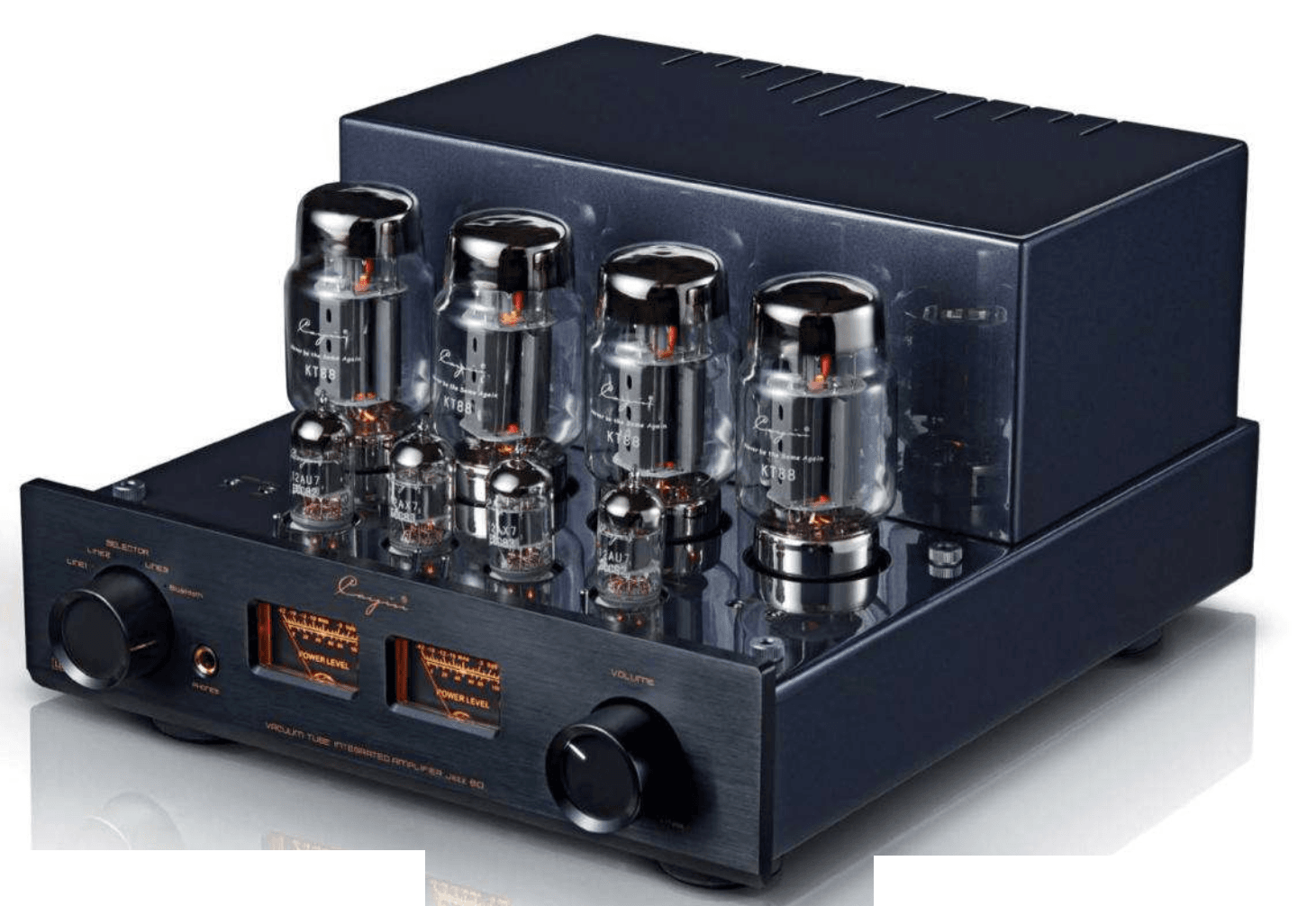
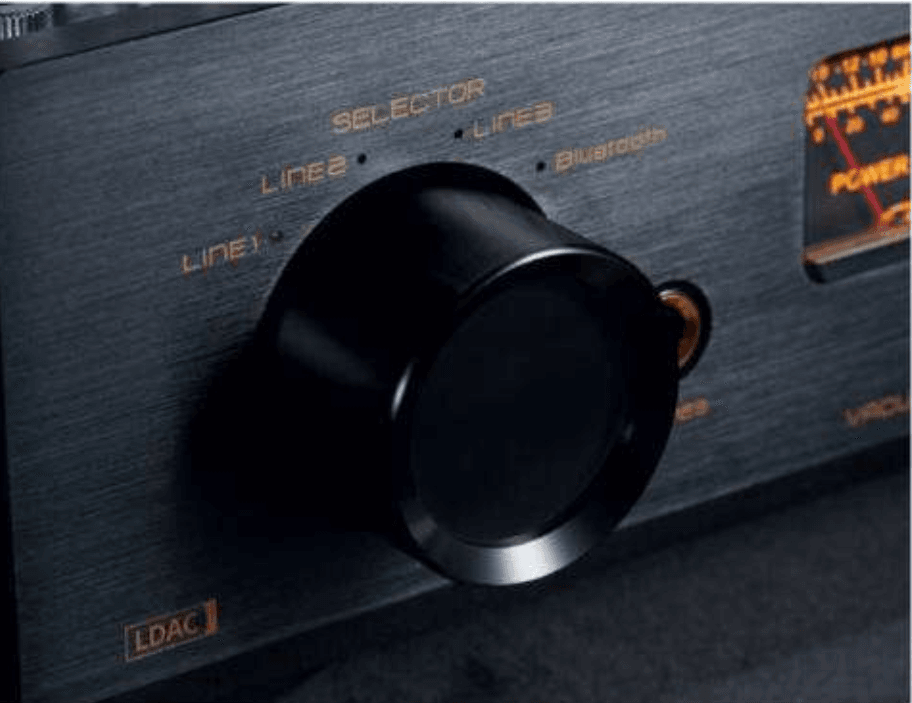
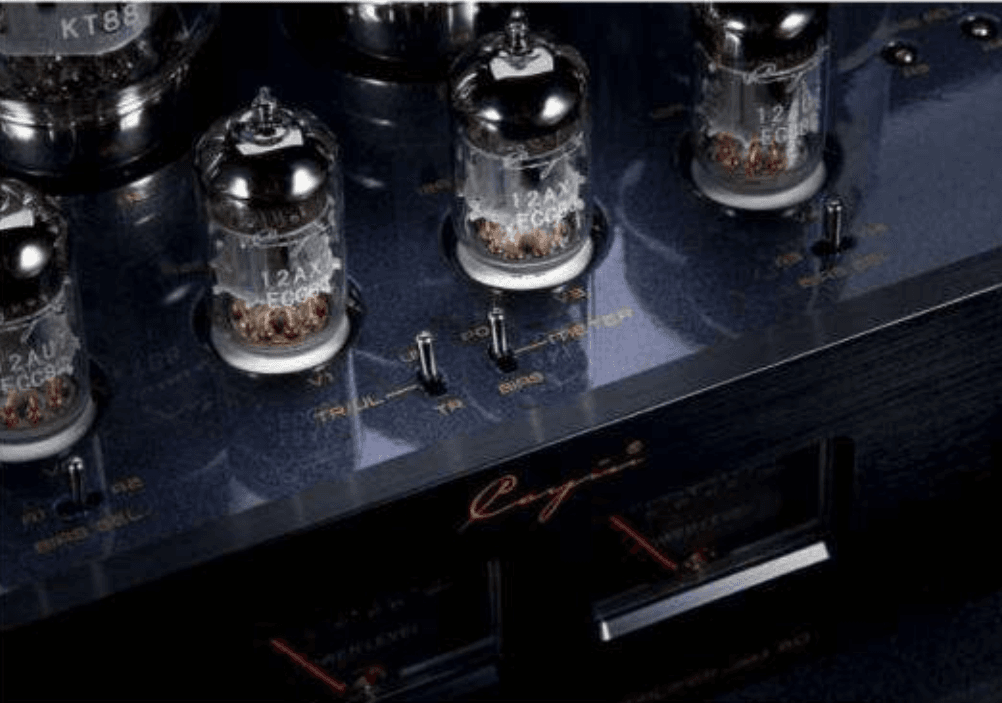
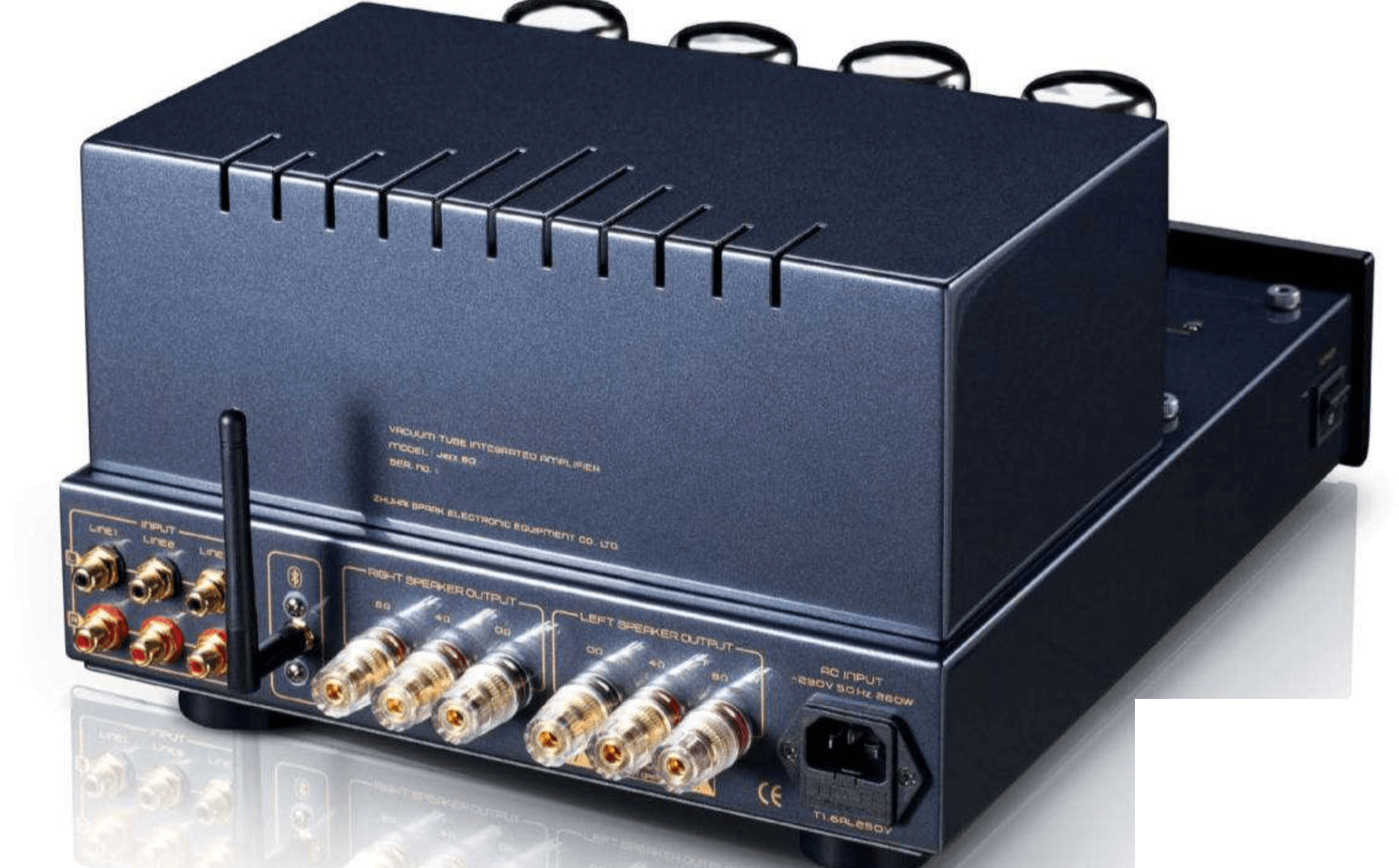
Specs
Cayin Audio Distribution • High-End Hifi Online Shop •
List price $2420
Warranty period 2 years
Dimensions W × H × D 30.0 × 19.0 × 38.5 cm
Weight 16.8 kg
CONNECTIONS
Phono MM/MC –/–
High-level inputs RCA/XLR 3/–
Digital In (optical, coaxial, USB) –/ –/ –
Bluetooth
Tape Out
Pre Out RCA/XLR –/–
Headphone 6.3 mm jack
FUNCTIONS
Remote Control
Tone controls/switchable –/–
Loudness
Features Bluetooth DAC
Cayin Jazz 80 Report
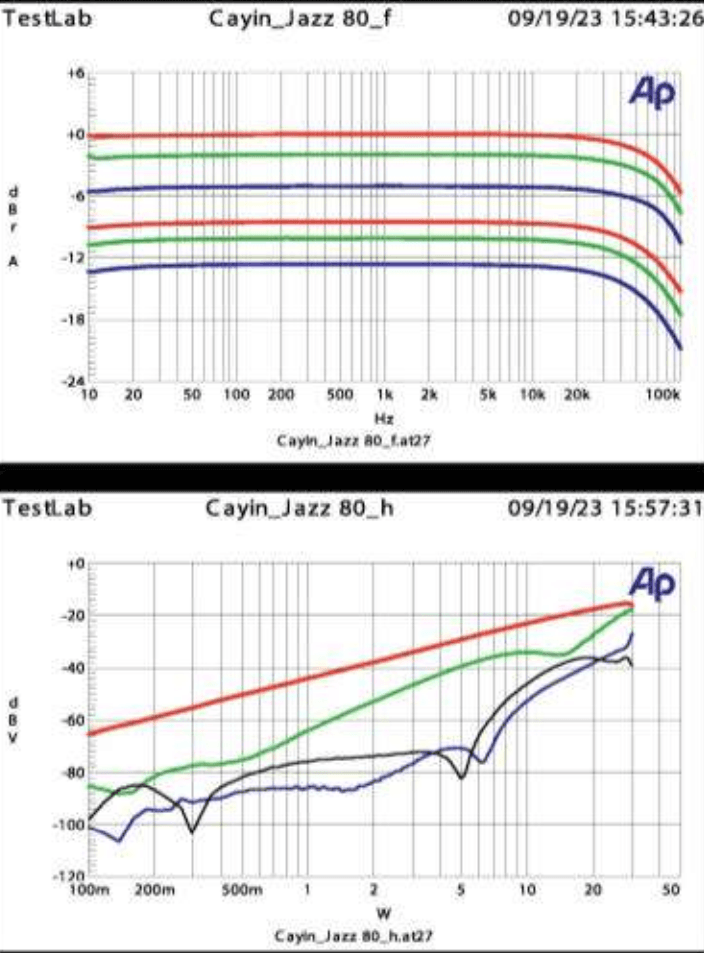
In the audible range, linear frequency responses in ultralinear and triode modes (lower curves) with pronounced load dependency (red/green/blue 8/4/2 Ω). Below: Tube-typical distortion curve with smoothly running saturation limit; the distortion character is similar in both operating modes, the first harmonic k2 (red) is consistently the dominant distortion product, with k3, k4, and k5 shown in green/blue/black. Low noise: SNR 100 dBA/10 V and THD+N 0.18%/1 W). Power at 4-Ω terminal, sine at 3% THD at 8/4 Ω: 26/34 W. Complex music power 8/3 Ω: 33/46 W. Headphone output: Output impedance 360 Ω, voltage at 32/300 Ω: 1.5/8.4 V. Power consumption idle/maximum: 148/231 W.
AUDIO Figure 2.2
Verdict
With reasonably efficient speakers, the compact Cayin Jazz 80 can reap plenty of sonic merits—with a healthy tendency towards comfort without slackness. Thanks to the good Bluetooth part, it becomes a tube tip even for modernists.
PRO / CONTRA
full, warm sound
reasonably powerful and punchy within limits
Bluetooth input
no XLR connections
modest power output
no inputs for the DAC except Bluetooth
RATING
Sound Line: 9.1
Equipment: good
Operation: very good
Build quality: very good – outstanding
AUDIO BENCHMARK
OVERALL RATING 9.1 POINTS
PRICE/PERFORMANCE OUTSTANDING
Cayin MT-45MK3 / Jazz 80 Tube Amplifier review - Liquid GOLD!
Cayin was never meant to stay with me - it was opportunity purchase to use some coupons and resell it locally. But then just when ...



